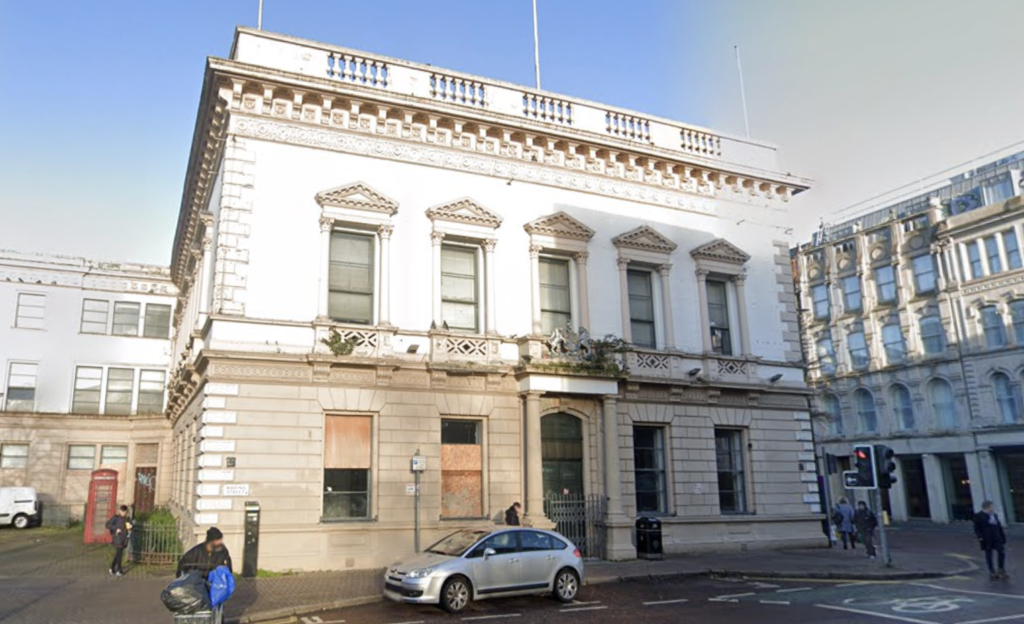BELFAST’s Assembly Rooms have been added to a list of at-risk heritage sites located across the globe.
The World Monuments Fund has issued its biennial ‘Watch’ list, featuring 25 historic places which are currently “facing major challenges such as climate change, tourism, conflict, and natural disaster”.
The Assembly Rooms are among that list.
Built in 1769, traditionally they offered a gathering place for political discourse, business, and entertainment in Northern Ireland’s largest city.
Over the years they hosted significant events, including the 1786 defeat of a proposal to establish a Belfast-based company trading in enslaved Africans and the celebrated 1792 harp assembly.
However, they have now been vacant for many years and are in need of substantial conservation.
 Belfast Assembly Rooms have now been vacant for a number of years
Belfast Assembly Rooms have now been vacant for a number of yearsPlans to transform the building into the Museum of the Troubles and Peace, hope to reclaim the rooms as a space for dialogue, reflection, and learning, honouring Belfast’s history and fostering reconciliation, but this will require significant investment.
As part of the WMF ‘Watch’ list the venue will now be presented to a global audience in a bid to mobilise local and international support for the project to preserve it.
“The Watch underscores WMF’s commitment to ensuring that heritage preservation not only honours the past but actively contributes to building a more sustainable, inclusive, and resilient future for communities around the world and beyond,” WMF President and CEO, Bénédicte de Montlaur, explained this week.
The 2025 Watch list also includes Gaza’s Historic Urban Fabric; Ukraine’s Teacher’s House in Kyiv; Africa’s Swahili Coast; the Old City of Antakya in Türkiye; and even the moon – as the WMF advocates for international agreements and protections for lunar heritage sites.
“For the first time, the moon is included on the Watch to reflect the urgent need to recognize and preserve the artifacts that testify to humanity’s first steps beyond earth - a defining moment in our shared history,” de Montlaur explained.
“Items such as the camera that captured the televised moon landing; a memorial disk left by astronauts Armstrong and Aldrin; and hundreds of other objects are emblematic of this legacy.
“Yet, they face mounting risks amidst accelerating lunar activities, undertaken without adequate preservation protocols.
“The inclusion of the moon underscores the universal need for proactive and cooperative strategies to protect heritage - whether on Earth or beyond - that reflect and safeguard our collective narrative.”
The WMF, which supports more than 700 preseervation projects in 112 countries, launched its Watch list in 1996 to “mobilize action, build public awareness, and demonstrate how heritage can help communities confront the crucial issues of our time”.
“To date, WMF has contributed more than $120 million toward projects at nearly 350 Watch sites, with the visibility provided by the Watch helping communities leverage an additional $300 million from other sources,” the organisation confirmed.

